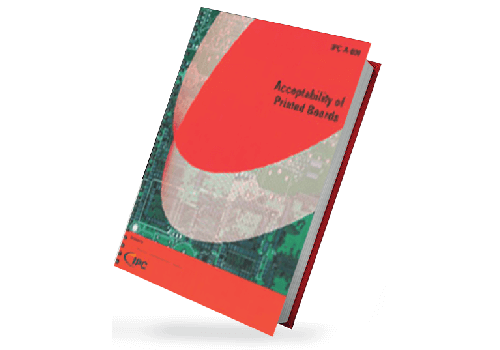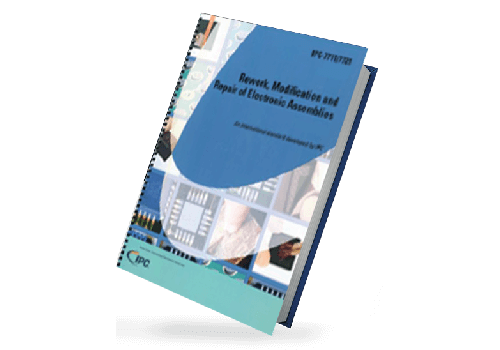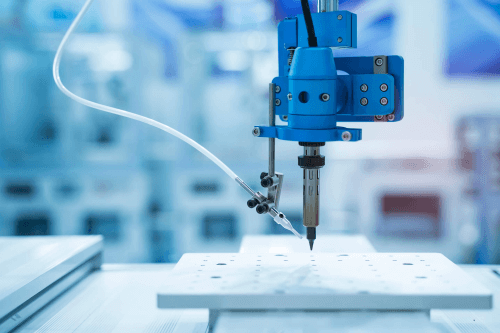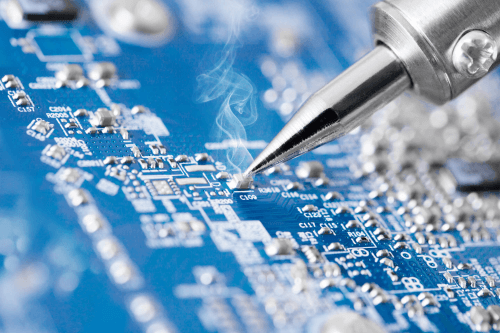Course Summary
The IPC-A-600 is the most widely used published specification on printed wiring boards.
This specification has set the standard for PCB workmanship quality with its comprehensive acceptance criteria.
It includes extensive acceptance criteria including full colour illustrations and photographs showing all types of printed board surface and internal conditions.
PCB manufacturers and assemblers alike rely on this internationally recognised document to improve their understanding of printed board issues.
It is important so that both user and manufacturer of printed wiring boards may “speak the same language” with respect to PCB specifications.
Worker Proficiency students will be evaluated on their mastery of the IPC-A-600 material through end-of-course tests that have both open-book and closed-book components.
Students must receive an average of at least 70% on both tests. Upon satisfactory completion of the course, participants will receive an IPC certification that is valid for 24 months.
Topics Include
- PCB classifications
- PCB acceptance criteria
- Base material surface and subsurface conditions such as delamination and crazing
- Plated-through hole requirements for copper plating thickness, voids and cracks amongst others
- Conductor width and spacing including annular ring requirements
- Solder resist coverage over conductors as well as their registration to lands
- Dielectric material criteria for etch back, voids, and resin recession
- Acceptance criteria for flexible, rigid-flex and metal core printed boards
- This is a 2-3 day, lecture only course that teaches students the accept/reject criteria in the IPC-A-600
- For all three classes of PCB assembly.












